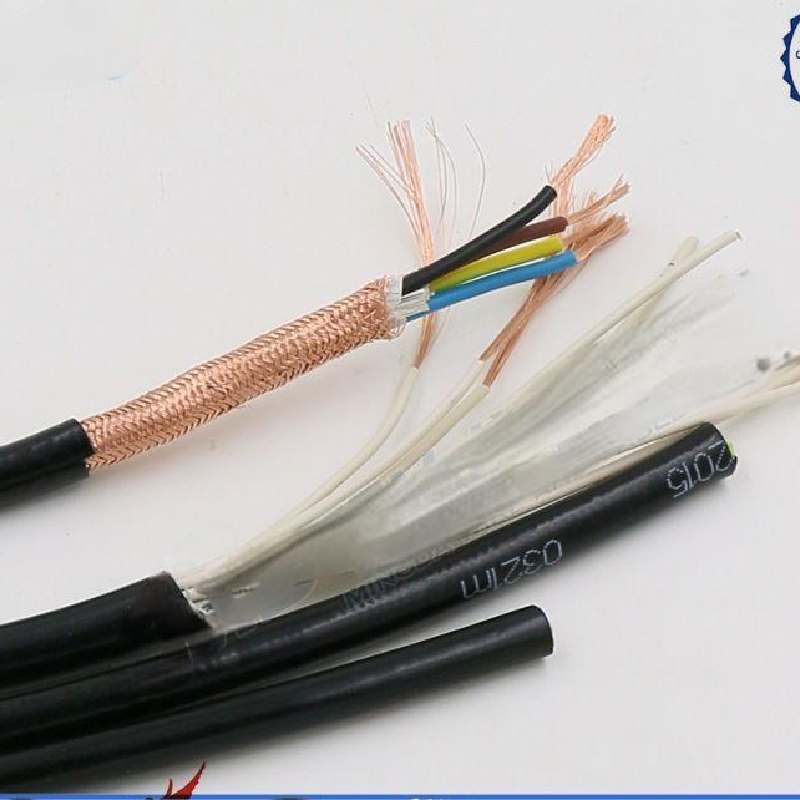Дек . 05, 2024 17:14 Back to list
swing check valve flange type
Understanding Swing Check Valve Flange Types A Comprehensive Overview
Check valves play a critical role in various fluid systems, ensuring that flow occurs in a single direction while preventing backflow. Among the different types of check valves, the swing check valve is one of the most widely used due to its simplicity, effectiveness, and reliability. This article will delve into swing check valve flange types, exploring their features, applications, advantages, and considerations for selection.
What is a Swing Check Valve?
A swing check valve is a mechanical device that allows fluid to flow in one direction while automatically closing when the flow reverses. It typically consists of a disc that swings away from its seat during forward flow and then returns to its original position to prevent reverse flow. The design of swing check valves is straightforward, making them easy to install and maintain.
Flange Types and Their Importance
Flange types refer to the design and specifications of the flanged connections on the swing check valve. Flanges are essential because they provide a secure and stable way to connect the valve to the piping system. The most common flange types used with swing check valves include
1. Flat Face Flange Flat face flanges are used in applications where the surfaces are flat. This type is often installed on systems with low-pressure ratings, allowing the valve to sit flush against the companion flange. Flat face flanges are less prone to damage during installation and are generally more cost-effective.
2. Raised Face Flange Raised face flanges have a portion that is raised above the bolt circle, providing a thicker gasket surface. This design helps create a tighter seal under pressure, making it suitable for high-pressure applications. The raised face also enhances the overall strength of the connection, reducing the risk of leakage.
3. Ring-type Joint Flange This flange type features a groove on the flange face designed to accommodate a metal ring gasket. Ring-type joint flanges are particularly effective in high-pressure or high-temperature environments due to their ability to create a robust seal. They are often used in industries such as oil and gas, where reliability is paramount.
4. Socket Weld Flange Socket weld flanges are usually used in smaller diameter pipes, where the pipe is inserted into a socket on the flange. The connection is then welded, creating a strong seal. This type of flange offers high structural integrity and is ideal for high-pressure applications.
5. Blind Flange A blind flange is a solid, flat piece of material used to close off the end of a piping system. While not a direct connection type for a swing check valve, it is often employed in conjunction with other flanged connections to control flow in the system.
Applications of Swing Check Valve Flange Types
Swing check valves are versatile components found in various industries, including
- Water and Wastewater Treatment Swing check valves are widely used in water distribution systems to prevent backflow, ensuring the quality of the water supply. - Pumping Stations They protect pumps from illegal reverse flow, reducing the risk of damage and downtime.
- Power Generation In power plants, swing check valves help control the flow of steam and water, playing a crucial role in maintaining operational efficiency.
swing check valve flange type

- Oil and Gas Used in pipelines and refineries, swing check valves ensure the safe and efficient transportation of hydrocarbons without risking leaks.
Advantages of Swing Check Valve Flange Types
1. Simplicity and Reliability Swing check valves have straightforward designs that allow for easy maintenance. Their reliability in preventing backflow makes them essential in many systems.
2. Versatile Application With various flange types available, swing check valves can be customized for specific applications and environments.
3. Cost-Effective Their construction typically makes swing check valves a cost-effective option for backflow prevention compared to other complex valve types.
4. High Flow Rates Swing check valves can accommodate high flow rates, making them ideal for applications requiring efficient fluid movement.
Considerations for Selection
When selecting a swing check valve with a specific flange type, several factors must be considered
- Operating Pressure and Temperature Ensure the flange type can withstand the operating pressures and temperatures of your system.
- Material Compatibility Select materials compatible with the fluids in your system to avoid corrosion and degradation.
- Space Constraints Consider the available space for installation, as some flange types require more room than others.
- Regulatory Compliance Ensure the selected valve meets industry standards and regulations for safety and efficiency.
Conclusion
Swing check valve flange types are essential components in fluid systems, each designed to offer specific benefits depending on the application. By understanding the various types and their features, engineers and operators can make informed decisions that enhance the safety, efficiency, and reliability of their systems. Whether for water treatment, power generation, or oil and gas, selecting the right swing check valve with an appropriate flange type is paramount for optimal performance.
Share
-
priming-a-pump-with-a-foot-valve-with-strainerNewsAug.23,2025
-
the-importance-of-a-y-strainer-in-pump-protectionNewsAug.23,2025
-
stainless-steel-ball-check-valve-for-high-purity-applicationsNewsAug.23,2025
-
common-applications-for-wafer-type-butterfly-valvesNewsAug.23,2025
-
seat-options-for-a-12-inch-knife-gate-valveNewsAug.23,2025
-
the-lifespan-of-a-typical-dismantling-jointNewsAug.23,2025


